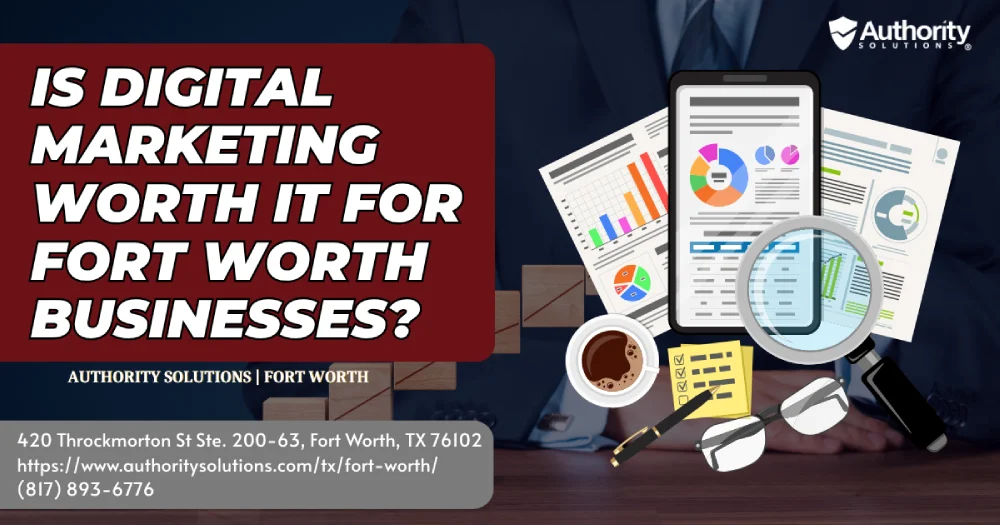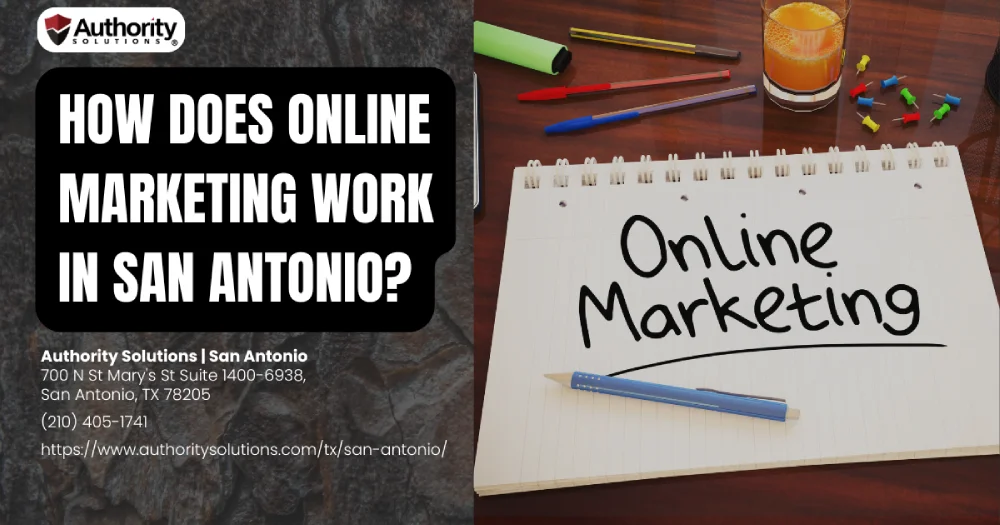Crafting Compelling Copy: Copywriting In Internet Marketing Services
Are you struggling to get your message across online? Do you feel like your website or social media posts aren't connecting with your audience? Crafting compelling copy is a crucial skill for anyone involved in internet marketing services, and it can make the difference between success and failure in today's digital landscape.
In this article, we'll explore the key principles of effective copywriting and show you how to create content that engages and persuades your target audience. From understanding their needs and desires to crafting powerful headlines, storytelling, persuasive language, strategic calls-to-action, and measuring your results - we'll cover everything you need to know to take your copywriting skills to the next level. So grab a notebook and pen (or open a new document on your computer), because by the end of this article, you'll be armed with the tools you need to craft compelling copy that drives traffic, conversions, and engagement!
Understanding Your Target Audience
You need to understand your target audience so you can effectively communicate with them and meet their needs. Start by researching who they are, what they do, and what their interests are. This will help you create a profile of your ideal customer, allowing you to tailor your message specifically to them.
Once you have a clear understanding of your target audience, you can begin crafting copy that speaks directly to their needs and desires. Use language that resonates with them and addresses their pain points. By doing this, you'll be able to build trust with your audience and establish yourself as an authority in your industry.
Remember that effective communication is key when it comes to internet marketing services. Whether it's through social media posts or email newsletters, the way you communicate with your audience will determine how successful your campaigns are. So take the time to really understand who they are and what they want, and use this knowledge to craft compelling copy that speaks directly to them. And speaking of compelling copy, let's move on to crafting powerful headlines and introductions… …that grab your target audience's attention and entice them to keep reading. Remember, you only have a few seconds to make a strong first impression, so make it count! Use bold, attention-grabbing language and highlight the benefits of your product or service to pique their interest. And don't forget to follow through on your promises in the rest of your content, delivering value and building trust with your audience.
Crafting Powerful Headlines and Introductions
Creating impactful headlines and introductions is crucial for capturing your audience's attention and keeping them engaged with your content. As a copywriter, you must be able to craft powerful headlines that will grab your reader's attention in just a few seconds. Your headline should clearly convey what your article is about while also piquing your reader's curiosity.
To create an effective headline, it is important to think about the benefits that your reader will receive from reading your article. What problem are they trying to solve? How can you help them achieve their goals? By focusing on these questions, you can create a headline that speaks directly to your target audience and entices them to read on.
Once you have captured their attention with a powerful headline, it is equally important to follow up with an engaging introduction. Your introduction should build upon the promise made in the headline and draw the reader deeper into the content. This can be achieved by using storytelling techniques or by presenting shocking statistics or facts that will keep them hooked. By crafting both powerful headlines and introductions, you can ensure that readers stay engaged throughout your entire piece of content.
As you move into the next section about 'storytelling and persuasive language', remember that these tools are essential for creating compelling copywriting. By mastering these skills, you'll be able to craft content that not only captures attention but also persuades readers to take action. So let's dive deeper into how storytelling and persuasive language can elevate your copywriting game!
Storytelling and Persuasive Language
Immerse yourself in the power of storytelling and persuasive language to captivate your audience and drive them towards action. When crafting your copy, it is important to remember that people are more likely to remember a story than a list of facts or features. By weaving a narrative into your marketing message, you can create an emotional connection with your audience that will leave a lasting impression.
To effectively incorporate storytelling into your copy, start by identifying what makes your product or service unique and why it matters to your target audience. Then, use descriptive language and relatable characters to paint a vivid picture of how their lives will be improved by using what you offer. The goal is not only to inform but also evoke strong emotions such as joy, fear, or excitement which will motivate the reader to take action.
By mastering the art of persuasive language and storytelling in copywriting, you can create compelling content that resonates with readers on a deeper level. But don't forget that the ultimate goal is always conversion: getting readers to take action whether it's making a purchase or signing up for a newsletter. In the next section, we'll explore how strategic calls-to-action can help you achieve this goal without being pushy or salesy.
Strategic Calls-to-Action
If you want your audience to take action, you need to make it easy for them. That means using strategic calls-to-action that create a sense of urgency and scarcity. By emphasizing the limited availability of your product or service, you can motivate potential customers to act quickly. Additionally, simplifying the process and making it easy for them to follow through can help remove any barriers that might prevent them from taking action.
Using Urgency and Scarcity to Encourage Action
You'll want to use urgency and scarcity in your copywriting to motivate potential customers to take action. Here are four ways you can do this effectively:
- Limited time offers: Use phrases like "limited time only"or "this offer ends soon"to create a sense of urgency.
- Limited availability: Highlight when a product is low in stock or only available for a limited time, encouraging customers to make a quick decision.
- Social proof: Share customer reviews or testimonials that emphasize how popular the product is, creating the fear of missing out (FOMO) among potential customers.
- Bonus incentives: Offer additional bonuses for purchasing within a certain timeframe, such as free shipping or exclusive access to content.
By incorporating these tactics into your copywriting, you can encourage potential customers to take action and increase conversions on your website. And once they're ready to purchase, you'll want to make the process simple and easy for them.
Making the Process Simple and Easy
Now that you've successfully created a sense of urgency and scarcity in your audience, it's time to focus on the next step: making the process simple and easy for them. Remember, people value convenience and ease-of-use above all else - especially in today's fast-paced world.
To accomplish this, start by breaking down any complicated processes into small, easy-to-follow steps. Use clear language and straightforward instructions so that your readers don't get lost or frustrated along the way. Additionally, consider incorporating user-friendly features such as an intuitive interface or chatbot support to ensure a smooth experience from start to finish. By streamlining the process and removing any unnecessary hurdles, you'll increase the chances of converting leads into loyal customers.
As you continue to hone your copywriting skills, remember that measuring and analyzing your results is key to success. By tracking metrics such as click-through rates and conversion rates, you can gain valuable insights into what works best for your business - allowing you to continuously improve your copywriting strategy over time. So don't be afraid to experiment with different approaches and test out new techniques; after all, it's only through trial-and-error that we achieve true mastery!
Measuring and Analyzing Your Results
Now that you've crafted a strategic call-to-action and implemented it in your internet marketing services, it's time to measure and analyze your results. This involves tracking metrics such as click-through rates and conversions, which will give you valuable insights into the effectiveness of your CTA. Based on these results, you can make adjustments and improvements to further optimize your marketing efforts for maximum impact.
Tracking Metrics like Click-Through Rates and Conversions
By tracking metrics like click-through rates and conversions, you can gain valuable insights into the effectiveness of your internet marketing efforts. Click-through rates show how many people clicked on your ad or link, while conversion rates indicate how many of those clicks resulted in a desired action such as a purchase or sign-up. By monitoring these metrics, you can identify which campaigns are performing well and which ones need improvement.
Moreover, tracking metrics allows you to make data-driven decisions about where to allocate your resources for maximum impact. For example, if you find that one ad campaign has a much higher conversion rate than another, it may be worth investing more time and money into that successful campaign. This way, you can improve your overall ROI (return on investment) and achieve better results from your internet marketing efforts. In the next section, we'll discuss how to make adjustments and improvements based on your results.
Making Adjustments and Improvements Based on Your Results
Once you have tracked your metrics, you can use the insights gained to tweak and optimize your marketing strategies for better results. Here are three ways you can make adjustments based on your results:
- Refine Your Targeting: By analyzing the demographics of people who engage with your copy, you can adjust the language and tone of your messaging to better resonate with them. For example, if you find that a majority of your audience is male and in their 40s, you may want to adjust the wording and imagery in your copy to appeal specifically to this demographic.
- Adjust Your Call-to-Action (CTA): If you notice that click-through rates are low on a particular piece of content or landing page, consider making changes to the CTA. Try testing different variations in language or placement until you find one that resonates with your audience and drives more conversions.
- Optimize for SEO: If organic traffic is important for your website, analyze which keywords are driving traffic and which ones aren't performing as well. Use this knowledge to adjust metadata, headlines, and other elements of your copy so that it's optimized for search engines while still being engaging for human readers.
Frequently Asked Questions
What are some common mistakes to avoid when crafting compelling copy?
Avoid common mistakes when crafting compelling copy by focusing on benefits, not just features. Use clear language and avoid jargon. Keep your message concise and make it easy to scan. Finally, always proofread before publishing.
How do you balance the use of persuasive language with maintaining credibility in your copy?
To balance persuasive language with credibility, focus on providing genuine value and avoid exaggeration. Use facts, statistics, and testimonials to support your claims. Speak directly to your audience's needs and concerns while maintaining transparency.
Can you provide examples of successful calls-to-action in internet marketing services?
"Boost your online presence with a click! Sign up for our free trial today and experience the power of our internet marketing services. Don't wait, start converting leads into customers now!" "With our expert team and cutting-edge strategies, you'll see a significant increase in website traffic and sales in no time."
What are some tips for testing and optimizing your copy for better results?
To optimize your copy, test headlines, body copy, and calls-to-action. Use A/B testing to compare different versions and track results. Focus on what resonates with your audience and adjust accordingly for better conversion rates.
How do you adapt your copywriting approach for different platforms and mediums, such as social media or email marketing?
Adapt your copywriting approach for different platforms and mediums by understanding their unique tone, audience, and purpose. Use concise language with a clear call-to-action to grab attention and prompt engagement.
Conclusion
Congratulations, you have now learned the key components of crafting compelling copy for internet marketing services. By understanding your target audience and tailoring your message to their specific needs and desires, you can create powerful headlines and introductions that capture their attention.
But it doesn't stop there. To truly engage your audience, you must use persuasive language and storytelling techniques that pull them in emotionally. And don't forget to include strategic calls-to-action that encourage them to take action.
Finally, measuring and analyzing your results is crucial in order to continually improve your copywriting skills. With these tools in hand, you are well on your way to creating effective copy that drives conversions and boosts your bottom line. So what are you waiting for? Start crafting compelling copy today!









